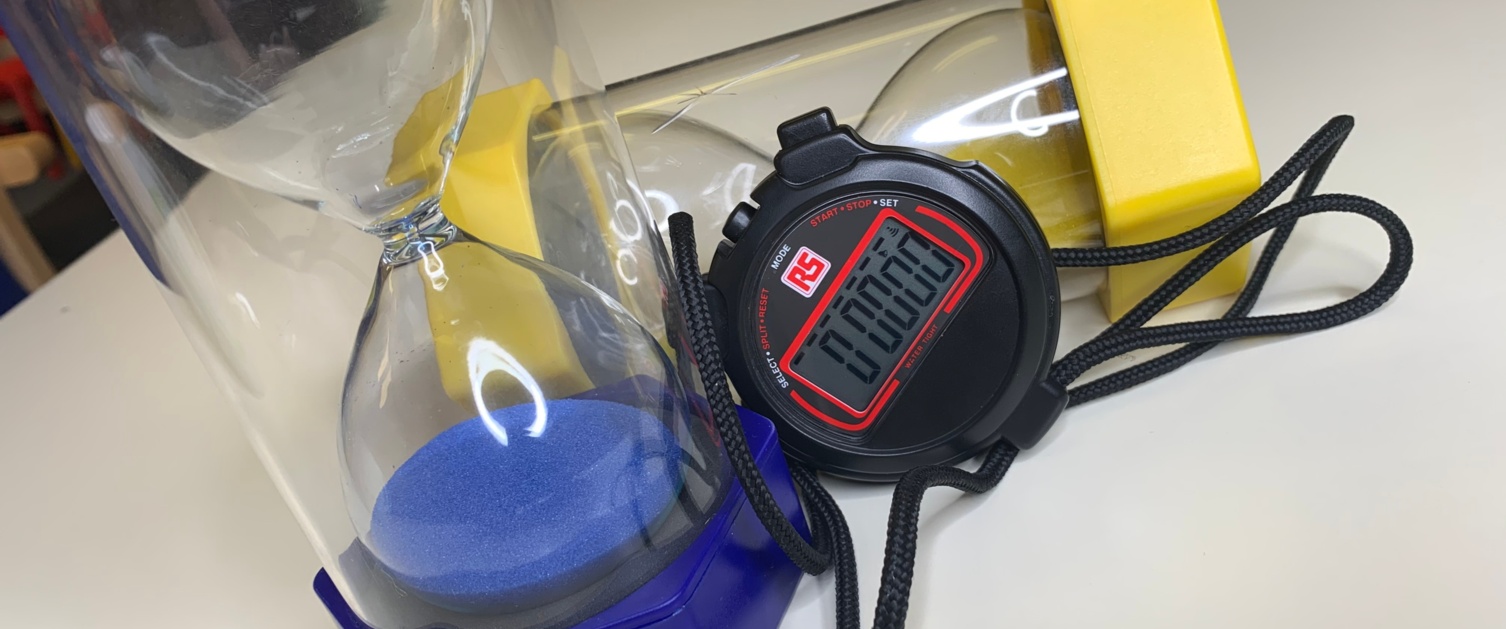Goal Setting and Practise
.....to success!

Goal Setting
Setting clear achievable goals for your child is crucial for the ultimate success of a child in learning a new task and applying it to everyday life.
Consider Emily, who can't do her buttons up because of poor fine motor skills. Here are 2 goals we could set for her:
'To improve Emily's fine motor skills'
'Within 2 months Emily will be able to fasten her school-top buttons by herself every morning in time to be taken her school'
The above statements are both goals. However one is more specific than the other and can be measured by success. One is achievable and will make a difference to Emily's life skills the other will most probably cause frustration. One is easily adaptable. The other has no end to it. One is motivating.. the other is difficult to grasp.
For a goal to be effective it has to be specific, measurable, achieveable, realistic and timely (known as SMART goals) and understood clearly by all those working towards achieving the activity ... including Emily.
If you are struggling, Occupational Therapists can help you break the task/activity down and set realistic goals that your child can achieve tailored to their age, level of development and skill.
Goals need to be task specific. And tasks need to be practised.
Practise
Modify the task - change the things that are too difficult for the child
The important thing about modifying a task is that the child can still experience success if they make a genuine effort to participate in the activity. If the goal is too easy and the child will become bored, too difficult and they may become frustrated and give up.
Example - instead of a child standing up when getting dressed, get them to sit down so they don't have to work on their balance as well as dressing.
Alter your expectations - be flexible and praise effort
Allowing extra time or alternative methods of completing a task can make the difference between a lesson learned and an experience of failure for a child.
Example - don't expect your child to dress independently straight away, only expect them to do their t-shirt or jumper to begin with then increase the amount of clothes gradually.
Teach strategies - change how you present the task/ instructions
Investigate alternative teaching strategies designed for children with additional learning needs. Break the task down into manageable chunks, use visual cues or hand over hand guidance.
Example - use the backward chaining approach where the adult performs most of the task except the last step, once this can be done confidently, the adult does less and the child does more.
Change the environment - is it too noisy or visually distracting?
Example - work in a quiet room away from busy corridors, position the desk to face away from distractions and windows!
Help by understanding - listen and help the child to problem solve
If children feel supported and understood, they are more likely to attempt new activities and to persevere until they achieve success.
Example - ask the child what they would like to be able to do better, if a child is motivated they are more likely to succeed.
More ideas on how to MATCH tasks can be found on the CanChild website.
Success!
Repetition, repetition, repetition...
Many children benefit from over learning a movement or task. Repeating a task or skill helps develop pathways and connections in the brain which control learning. Consistent repetition can improve skills, speed and accuracy leading to the holy grail of task acquisition - automaticity being able to do the task without paying much attention to the mechanics of how it is achieved.
Here you will find helpful tips to consider when doing activities with children.
Children are naturally motivated to play with certain toys or attempt new activities, but those with coordination difficulties often avoid tasks and games they find difficult; using distraction and avoidance tactics such as playing the class clown.
Physical rewards (tokens, stickers, chocolate, high 5, time on phone/ iPad) and verbal rewards (praise, encouragement) can help motivate a child to take part. These rewards can be reduced once the child completes the tasks and gains a sense of accomplishment.
For most children play is motivating enough and can create lots of opportunities to practice day to day tasks while having fun. It's important to consider what you (school, parents) want the child to learn along with what the child is motivated to do. Helping a child to make a list of things they would like to be able to do better can make it easier to agree and set goals. Reward charts and taking photos before, during and after can help keep the child on track.